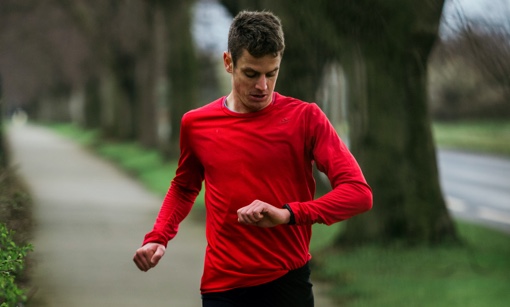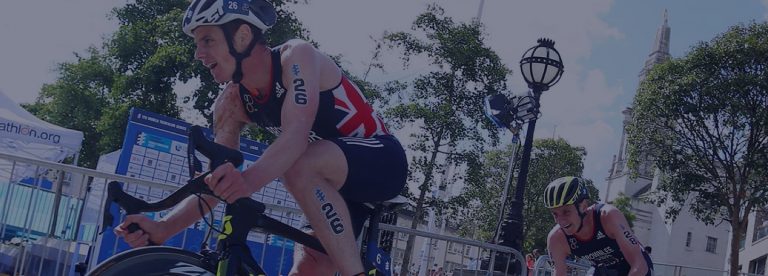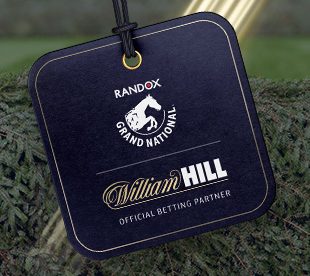Triathlon
How Weather Affects Triathlons with Jonny Brownlee

A multi-discipline sport, triathlons consist of three sections: swimming, running, and cycling. With the average duration lasting between 1h50m and 2h30m, this arduous time spent outside is affected by various weather conditions.
As two-time World Sprint Champion, and 2012 Triathlon World Champion Jonny Brownlee explained how the weather can have a big impact on the sport.
“Firstly, there’s the issue of whether a match or game goes ahead. Secondly, it can have an impact on the number of people who can either get to the game, or be prepared to sit outside and watch, while it’s blowing a gale or raining sideways.”
But the weather can also affect events that do go ahead – for example, how soft the greens are, the disadvantage of having the sun in your eyes, or the number of layers you need to wear to stay warm.”
Jonny explained how he has to be ready to compete in all conditions. For example, in the 2016 World Triathlon Series, he went from racing in Edmonton in 6 degrees Celsius, to 36 degrees in Cozumel three weeks later.
“Having trained in a Yorkshire winter for many years, I know I can race in cold conditions. It’s the hot conditions I have to prepare for. The Olympics in Tokyo was forecasted to be very hot and humid, so to prepare for that, I turned my conservatory into a heat chamber. I’d also planned to go to Japan three weeks before the race to further adapt to the conditions.”
“I turned my conservatory into a heat chamber. I’d also planned to go to Japan three weeks before the race to further adapt to the conditions.”
The weather can also impact a triathlete’s diet, especially when they’re competing. In hot and humid conditions, you need to drink enough. When on the bike in an Olympic distance triathlon, triathletes must drink over 1.5 litres – and then they’ll probably have another 500ml when they’re running. Jonny makes sure that half of this is an energy drink, and the other half is high in sodium.
When you’re competing in hot conditions, you burn carbohydrates quicker than you usually would. Jonny makes sure he takes at least two gels when he’s on the bike, to ensure he’s getting enough fuel.
“In cold conditions, you need to be aware of your diet and hydration, as it’s easy to forget to eat and drink. For example, you might be too cold to take your gloves off to eat something, or you might not feel as thirsty as you would under hotter conditions. The importance is, you need to stay disciplined and force yourself to eat and drink.”
Jonny explained that to prepare mentally when battling against the heat, he remains calm, sticks to his plan, and paces his race
well. If he goes too hard, he won’t recover. In cold weather, he starts the race knowing that lots of his competitors are beaten already!
When it comes to clothing, it’s better to be too warm than too cold, so he’ll always have a rain jacket with him. When it’s cold, he’ll warm his gloves on the radiator before he goes out, and when it’s warm, he wears a hat to keep the sun off his head.
In terms of equipment, triathletes like Jonny put mudguards on their bikes in the cold weather, as they stop a lot of the spray on the roads from splashing them. It can also be worth cycling on a mountain bike when the roads are icy or covered in snow. When the weather’s hot, Jonny’s team makes sure to keep him supplied with plenty of drink bottles for hydration.
When it’s cold, triathletes have a big meal and a hot drink before they go out cycling, as they might not want to eat on the bike. In the heat, it’s about striking the balance between being appropriately hydrated, but not overhydrating and needing to take breaks.
“You should also avoid training during the hottest part of the day – stick to mornings or evenings instead. Pacing is crucial – as is sunscreen!”
Jonny then went on to explain how training in winter and summer are both very different experiences. “For winter training, you need to prepare to stay safe, and not harm your body in the cold – cycling is the worst for that. You shouldn’t attempt to be too adventurous if the weather is too cold, and cycle a shorter loop from home which you can extend if you’re still warm.”
It’s important to wear an underlayer. If it stays dry, you should stay warm. I’ll often take a spare underlayer and set of gloves that I can change into at my café stop if I need to. You should also make sure your bike and kit are in working order, because you don’t need any mechanical issues on a cold day!”
I’ll often train in the heat when I’m at training camps. Most importantly, you should have plenty of water, or plan a route where you can refill your water supplies. The Alps have clean water fountains that are amazing.”
You should also avoid training during the hottest part of the day – stick to mornings or evenings instead. Pacing is crucial – as is sunscreen!”
When asked what his ideal weather conditions are for competing, Jonny explained: “In general, I don’t like getting cold and wet, but I hate it less than others do. So, my perfect conditions would probably be about 10°C and raining, as I know I’ll have an advantage over other athletes.
Many athletes haven’t seen temperatures that cold and have already given up. The roads are wet, the corners are slippery, so athletes are scared to corner fast. But coming from the UK, I’ve trained in conditions far worse than that. The only downside to this type of weather is the crowds might be smaller!”





